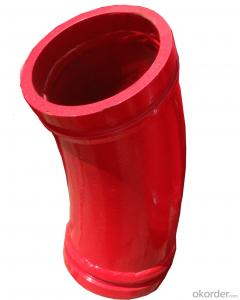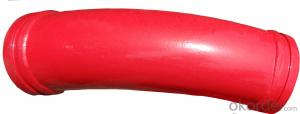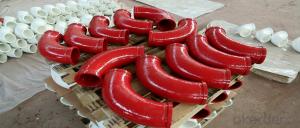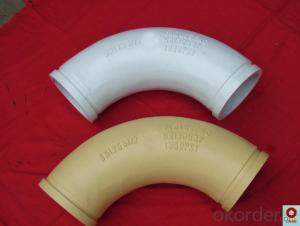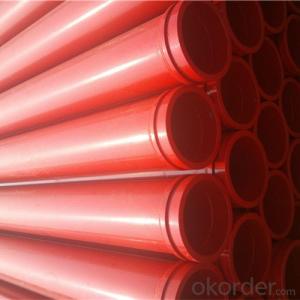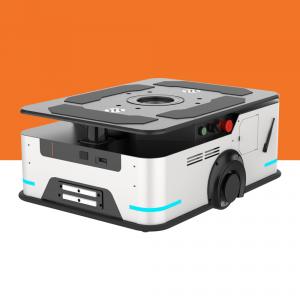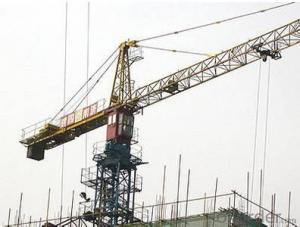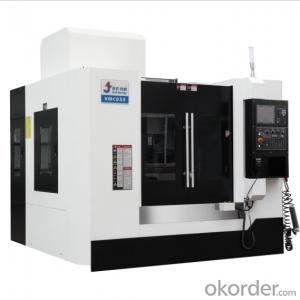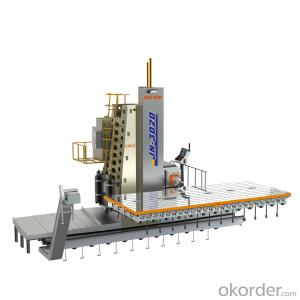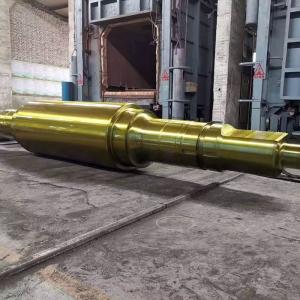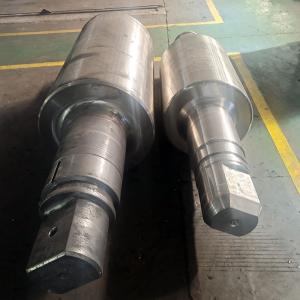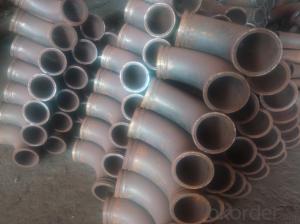Concrete Pump Twin Wall ELBOW R275 90dgr 45dgr 180dgr
- Loading Port:
- Tianjin
- Payment Terms:
- TT or LC
- Min Order Qty:
- 10 pc
- Supply Capability:
- 5000 pc/month
OKorder Service Pledge
OKorder Financial Service
You Might Also Like
Product Name: Concrete Pump Twin Wall ELBOW R275
1. Specification
Dimensions: DN125MM
Radius: 275mm,1000mm
Flange: SK, ZX, F&M
Degree: 30°, 45°, 90°
Material: #20 steel, ST52, Mn 13-4
Thickness: 4.5mm,6mm,7.1mm,7.5mm,10mm,
Working pressure: 180MPa
Notes: total series of concrete pump clamp for different brand concrete pump(PUTZMEISTER, SCHWING, CIFA, SANY, ZOOMLION, IHI, KYOKUTO Etc) available from us.
2. Application of Concrete Pump Twin Wall ELBOW R275
Concrete Pump ELBOW R275, DGR 90 DN100widely used on concrete pump truck, concrete placing boom, trailer concrete pump etc, for concrete delivery pipe connection.
Our concrete pump bends have been successfully exported to many countries from 1998, Our main markets as below: Middle East, Southeast Asia, America, Brazil, Italy, Russia, South Africa etc
Aiming at the largest concrete pump parts manufacturer, and reliable, professional supplier in China, we can supply concrete pump elbows, delivery pipes, casting or forging couplings, end rubber hoses, rubber pistons, tungsten wear plates, delivery cylinders, and other hydraulic parts, one stop service for your concrete pump parts and accessory business.
3. Package and Delivery of Concrete Pump Twin Wall ELBOW R275
Every 60pcs Concrete Pump Bend DN125 put in one seaworthy wooden box, and 20 boxes in one 20feet container.
FAQ:
Q1: Why buy Materials & Equipment from OKorder.com?
A1: All products have its ISO certifications, adheres to the highest standards and a commitment to supply chain safety and customer satisfaction.
Q2: How do we guarantee the quality of our products?
A2: We have established an advanced quality management system which conducts strict quality tests at every step, from raw materials to the final product. At the same time, we provide extensive follow-up service assurances as required.
Q3: How soon can we receive the product after purchase?
A3: Within three days of placing an order, we will begin production. The specific shipping date is dependent upon international and government factors, but is typically 10 to 30 workdays.
Q4: If we can produce some Concrete Pump Twin Wall ELBOW R275 according to customers request?
A4: Yes, we can produce Concrete Pump Twin Wall ELBOW R275 according to the difference country situations and different concrete pump to make it suitable to the market and customers. We have very professional technical team to make the design.
Q5: How to make a quick resolution for after service?
A5:We have overseas branches all-around of world, IF needed, the seller shall dispatch 2 engineers to the buyer's site for supervision of training. The buyer shall make available of necessary facilities &skilled personnel at site for training.
Images:
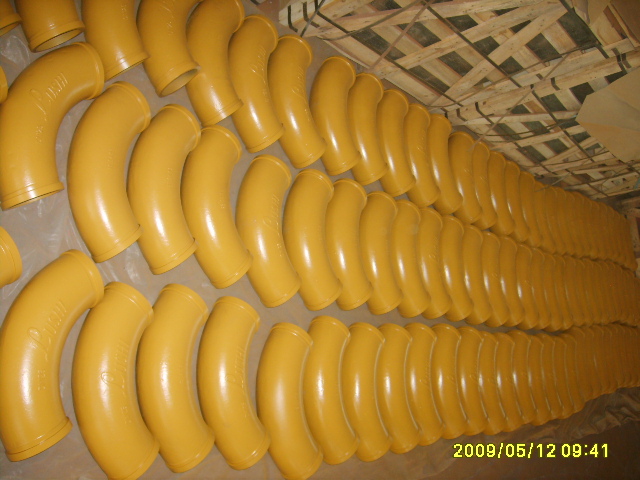
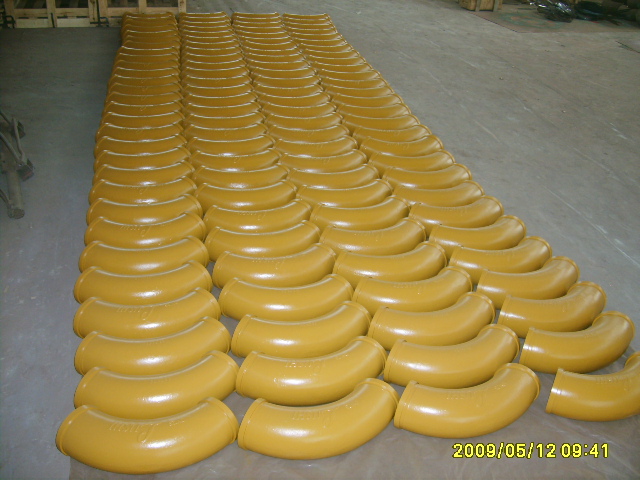
- Q:What are the causes of pipe blockage in concrete pump?
- When the fine sand content through the 0.315mm screen is small, even if other concrete technical specifications meet the requirements, it will plug the pipe. Because these fine sand plays a similar role in the concrete, it can reduce the friction between the tube wall and concrete, improve the fluidity, increase the cohesion and water retention, and greatly affect the concrete pumping performance
- Q:What are the signs of a damaged concrete pump accumulator?
- Some signs of a damaged concrete pump accumulator may include leaks or fluid seepage, reduced pump performance, irregular pressure readings, increased noise or vibration, and sudden pump shutdowns or malfunctions.
- Q:How can a faulty concrete pump S valve affect the concrete flow?
- A faulty concrete pump S valve can affect the concrete flow by causing disruptions, blockages, or uneven distribution of the concrete. The S valve is responsible for controlling the direction of the concrete flow, and when it malfunctions, it can lead to decreased or inconsistent flow rates. This can result in delays in the construction process, poor concrete quality, or even damage to the pump system.
- Q:Are there any specific safety precautions while replacing concrete pump spare parts?
- Yes, there are several safety precautions that should be followed while replacing concrete pump spare parts. 1. Personal Protective Equipment (PPE): It is essential to wear the appropriate PPE, including safety goggles, gloves, helmet, and steel-toed boots to protect yourself from potential hazards. 2. Lockout/Tagout: Before replacing any spare parts, make sure to follow proper lockout/tagout procedures. This involves disconnecting and securing the power source to prevent accidental startup of the pump. 3. Equipment Inspection: Prior to starting the replacement process, inspect all tools and equipment for any signs of damage or defects. Faulty equipment should never be used, as it can pose serious safety risks. 4. Proper Lifting Techniques: When handling heavy spare parts, use proper lifting techniques to avoid strain or injury. Ensure that you have proper assistance and equipment, such as cranes or forklifts, if needed. 5. Work Area Safety: Keep the work area clean and well-organized to prevent trips, slips, and falls. Remove any obstacles or debris that may pose a hazard during the replacement process. 6. Proper Training: Only trained and authorized personnel should be involved in replacing concrete pump spare parts. They should have a clear understanding of the equipment and procedures to minimize the risk of accidents. 7. Follow Manufacturer's Instructions: Always refer to the manufacturer's guidelines and instructions when replacing spare parts. This will ensure that the process is carried out safely and correctly. 8. Emergency Preparedness: Have a plan in place for any potential emergencies, such as a fire or injury. Ensure that fire extinguishers and first aid kits are readily available and that all workers are familiar with their locations and usage. By adhering to these safety precautions, you can minimize the risk of accidents, injuries, and damage while replacing concrete pump spare parts.
- Q:Are there any specific safety considerations when using concrete pump spare parts?
- Concrete pump spare parts must be carefully considered for safety purposes. The first consideration is ensuring compatibility with the specific pump model. Using incompatible parts can lead to malfunctions, risking accidents and injuries. Proper training and knowledge are also crucial. Operators must be trained on installation, maintenance, and replacement of spare parts. They should also follow any safety precautions recommended by the manufacturer. Regular inspection of spare parts is important. Any signs of wear, damage, or deterioration should prompt immediate replacement to prevent accidents or equipment failure. Personal protective equipment (PPE) is essential when working with concrete pump spare parts. This may include goggles, gloves, hard hats, and steel-toed boots. PPE safeguards against hazards like debris, falls, or contact with hazardous substances. Adhering to local regulations and industry standards is advisable. These regulations may outline specific requirements for installation, operation, and maintenance of concrete pump spare parts. By adhering to these safety considerations, operators can minimize the risk of accidents, injuries, and equipment failure when using concrete pump spare parts.
- Q:How do I troubleshoot issues related to concrete pump spare parts control systems?
- In order to troubleshoot issues related to concrete pump spare parts control systems, it is crucial to adopt a systematic approach. The following steps can be taken: 1. Clearly identify the problem: Start by precisely identifying the issue you are encountering with the control system. Is it completely non-functional? Are there specific functions or components that are not operating correctly? Understanding the problem will help guide your troubleshooting efforts. 2. Verify power supply: Make sure that the control system is receiving the appropriate power supply. Inspect the power source, circuit breakers, and fuses to ensure there are no interruptions or faults in the electrical supply. If necessary, replace or repair any faulty components. 3. Examine connections: Inspect the wiring connections and terminals within the control system. Loose or damaged connections can cause issues with the system's functioning. Tighten any loose connections and repair or replace any damaged wiring. 4. Review control settings: Confirm that the control settings are accurately adjusted according to the manufacturer's specifications. Incorrect settings can result in malfunctions or inefficient operation. Consult the user manual or contact the manufacturer for guidance on proper control settings. 5. Conduct diagnostic tests: Many control systems have built-in diagnostic features or error codes that can assist in identifying specific issues. Refer to the system's manual to understand how to access and interpret these diagnostic tools. Carry out any recommended diagnostic tests to pinpoint the problem area. 6. Inspect sensors and actuators: Sensors and actuators play a vital role in the operation of the control system. Check these components for any damage, misalignment, or malfunctioning. Clean or replace sensors as necessary and ensure that the actuators are properly connected and functioning correctly. 7. Seek technical support: If you have followed the aforementioned steps and are still unable to resolve the issue, it may be beneficial to contact the manufacturer's technical support team. They can offer expert guidance on troubleshooting the specific control system and may suggest additional steps or solutions. Always prioritize safety when troubleshooting control systems. Make sure that the pump is turned off and disconnected from the power source before working on any electrical components. If you are uncertain or uncomfortable with any troubleshooting steps, it is advisable to seek professional assistance.
- Q:Can concrete pump spare parts be painted or coated for increased durability?
- Yes, concrete pump spare parts can be painted or coated for increased durability. Painting or coating the spare parts can help protect them from corrosion, wear, and other forms of damage. By applying a layer of paint or coating, the spare parts can have improved resistance to harsh environmental conditions, chemicals, and moisture. Additionally, certain paints or coatings can offer additional benefits such as heat resistance or non-stick properties, which can further enhance the durability and performance of the spare parts. It is important to use appropriate paints or coatings that are specifically designed for the materials and conditions the spare parts will be exposed to, to ensure optimal adhesion and longevity.
- Q:What are the signs of a malfunctioning gearbox?
- There are several signs that can indicate a malfunctioning gearbox in a vehicle. One of the most common signs is difficulty shifting gears. If you notice that it is becoming increasingly difficult to shift gears smoothly or if you experience grinding or clunking noises when shifting, it could be a sign of a problem with the gearbox. Another sign of a malfunctioning gearbox is slipping gears. This occurs when the gearbox fails to stay in the selected gear and instead slips into a different gear, often resulting in a loss of power or acceleration. You may also notice that the engine RPMs increase without a corresponding increase in speed. Leaking transmission fluid is another indicator of a faulty gearbox. Transmission fluid is essential for lubricating and cooling the gears, so any leakage can lead to overheating and damage to the gearbox components. If you notice red or brown fluid underneath your vehicle, it could be a sign of a leaking gearbox. Unusual noises, such as whining, humming, or clunking sounds, can also be a sign of gearbox issues. These noises may occur while driving, particularly during acceleration or deceleration, and can indicate problems with the gears or bearings within the gearbox. Finally, if you experience a burning smell coming from the engine or gearbox area, it could be a sign of overheating or excessive friction within the gearbox. This can be caused by low or contaminated transmission fluid, worn-out gears, or a malfunctioning cooling system. If you notice any of these signs, it is important to have your vehicle inspected by a qualified mechanic as soon as possible. Ignoring gearbox issues can lead to further damage and potentially costly repairs.
- Q:How often should hopper agitator motors be inspected or replaced in a concrete pump?
- The frequency at which hopper agitator motors should be inspected or replaced in a concrete pump depends on various factors such as the usage intensity, operating conditions, and maintenance practices. However, as a general guideline, it is recommended to inspect hopper agitator motors regularly, at least once every three to six months. Regular inspections can help identify any signs of wear and tear, damage, or malfunctioning in the motor. This can include issues such as abnormal noise, excessive vibrations, overheating, or reduced performance. Additionally, it is important to check for any loose or worn out components, such as belts, pulleys, or bearings, which could affect the motor's efficiency and lifespan. If any significant issues or malfunctions are detected during the inspection, it may be necessary to replace the hopper agitator motor. The decision to replace the motor should be based on the severity of the problem, the age of the motor, and the cost-effectiveness of repairs compared to a replacement. Besides regular inspections, it is crucial to follow the manufacturer's recommendations for maintenance and lubrication of the hopper agitator motor. Proper maintenance practices can extend the lifespan of the motor and minimize the need for replacement. Ultimately, the specific frequency of inspections and replacement of hopper agitator motors in a concrete pump should be determined based on the specific circumstances and conditions in which the pump is operated, in consultation with the manufacturer's guidelines and recommendations.
- Q:Are there any safety considerations when using concrete pump spare parts?
- Yes, there are several safety considerations when using concrete pump spare parts. Firstly, it is important to ensure that the spare parts are of high quality and meet the necessary safety standards. Using substandard or faulty spare parts can increase the risk of accidents and malfunctions. Additionally, proper training and knowledge of the equipment and spare parts are crucial to ensure safe operation. Regular inspection and maintenance of the spare parts are also essential to prevent any potential hazards. Lastly, following all safety guidelines and protocols provided by the manufacturer is necessary to minimize the risk of injuries or accidents while using concrete pump spare parts.
1. Manufacturer Overview |
|
|---|---|
| Location | |
| Year Established | |
| Annual Output Value | |
| Main Markets | |
| Company Certifications | |
2. Manufacturer Certificates |
|
|---|---|
| a) Certification Name | |
| Range | |
| Reference | |
| Validity Period | |
3. Manufacturer Capability |
|
|---|---|
| a)Trade Capacity | |
| Nearest Port | |
| Export Percentage | |
| No.of Employees in Trade Department | |
| Language Spoken: | |
| b)Factory Information | |
| Factory Size: | |
| No. of Production Lines | |
| Contract Manufacturing | |
| Product Price Range | |
Send your message to us
Concrete Pump Twin Wall ELBOW R275 90dgr 45dgr 180dgr
- Loading Port:
- Tianjin
- Payment Terms:
- TT or LC
- Min Order Qty:
- 10 pc
- Supply Capability:
- 5000 pc/month
OKorder Service Pledge
OKorder Financial Service
Similar products
New products
Hot products
Hot Searches
Related keywords
